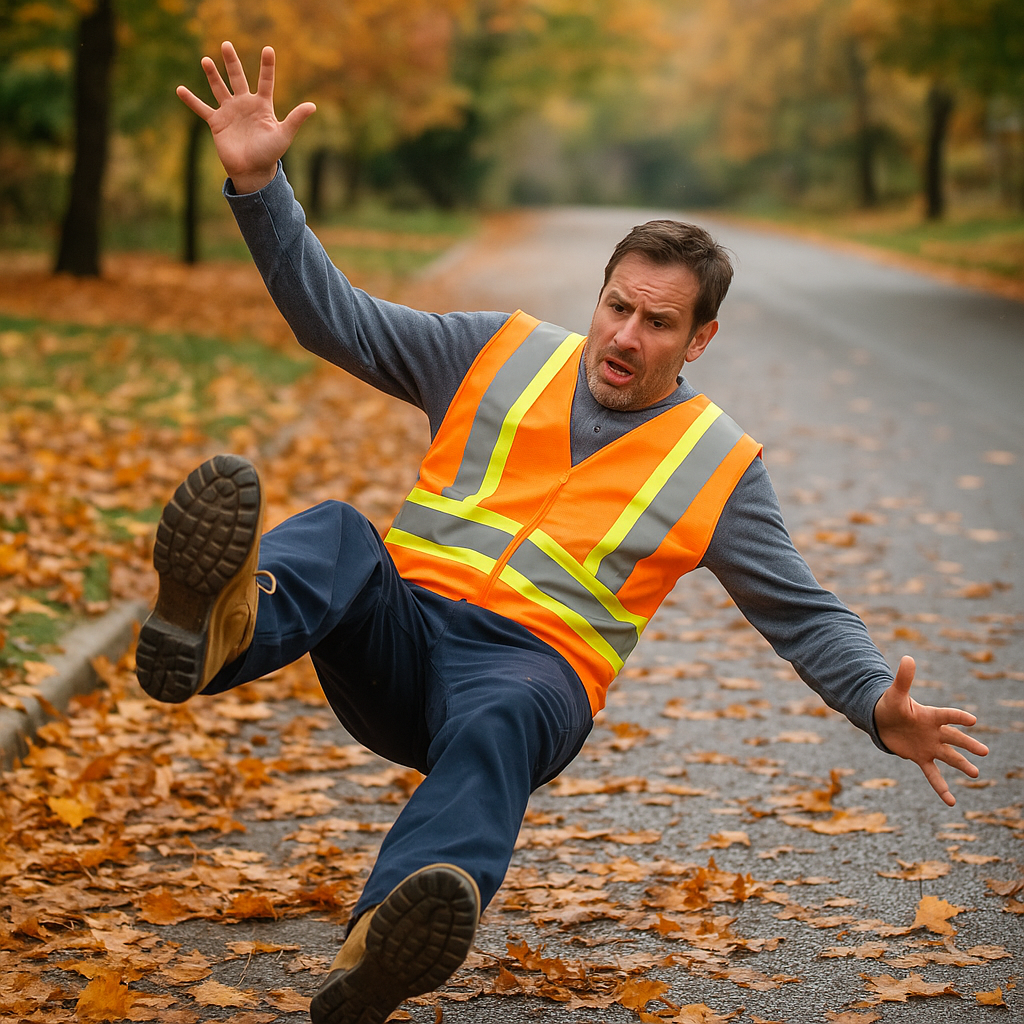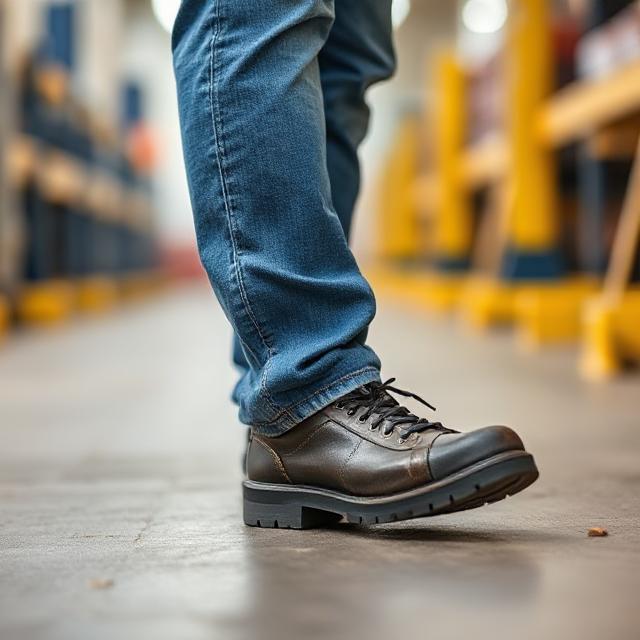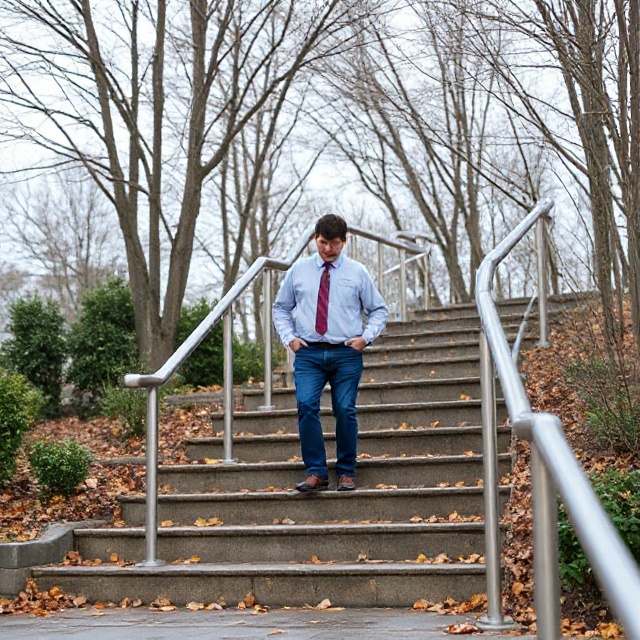Reduce slips : As autumn brings wet leaves, darker days, and frosty mornings, the risk of workplace accidents increases.

Employers must take proactive steps to reduce slips, trips, and falls this fall to keep workers safe and productive.
- 1. Clear Leaves and Debris Regularly
- 2. Use Slip-Resistant Floor Mats
- 3. Improve Outdoor Lighting
- 4. Apply Anti-Slip Treatments
- 5. Reinforce Safe Footwear Policies
- 6. Mark Hazardous Areas Clearly
- 7. Train Employees on Seasonal Hazards
- 8. Keep Walkways Dry Indoors
- 9. Inspect and Maintain Handrails
- 10. Establish a Slip, Trip, and Fall Reporting System
- Why It Matters
- Conclusion
1. Clear Leaves and Debris Regularly
Wet leaves and fallen branches create slippery surfaces. Assign teams or contractors to sweep and clear pathways daily. This simple habit can drastically reduce risks during peak autumn leaf fall.
2. Use Slip-Resistant Floor Mats
Installing absorbent, slip-resistant mats at entrances helps prevent water, mud, and leaves from being tracked indoors. Mats should be cleaned or replaced frequently to maintain effectiveness.

3. Improve Outdoor Lighting
With shorter daylight hours, workers often start or finish shifts in the dark. Installing LED lighting, motion sensors, and pathway illumination improves visibility and helps prevent accidents.
OSHA identifies lighting as a key factor in preventing slips and falls (OSHA Walking-Working Surfaces).
4. Apply Anti-Slip Treatments
Outdoor walkways, ramps, and loading docks should be treated with anti-slip coatings or grit tape. This is especially important in areas prone to early morning frost and moisture accumulation.
5. Reinforce Safe Footwear Policies
Workers should wear slip-resistant shoes or boots suitable for wet and cold surfaces. Employers can provide footwear allowances or recommend specific safety-certified brands to ensure compliance.

6. Mark Hazardous Areas Clearly
Bright-colored floor tape, cones, or signage should be used to mark temporary hazards such as wet floors or icy spots. Clear marking encourages awareness and reduces accidents.
7. Train Employees on Seasonal Hazards
Conduct toolbox talks and seasonal safety meetings to remind workers about autumn-specific risks. Training improves hazard recognition and encourages employees to report unsafe conditions. See guidance from HSE UK for slip prevention programs.
8. Keep Walkways Dry Indoors
Workplaces must have wet floor protocols, ensuring spills or tracked-in water are cleaned immediately. Supervisors should assign responsibility for monitoring high-traffic areas.
9. Inspect and Maintain Handrails

Fall is a good time to inspect and repair handrails on stairs, ramps, and platforms. Handrails provide crucial support when surfaces are slippery, reducing fall severity.
10. Establish a Slip, Trip, and Fall Reporting System
Workers should have an easy way to report hazards like leaks, poor lighting, or damaged flooring. Quick reporting and resolution prevent small issues from causing serious injuries.
Why It Matters
Slips, trips, and falls remain one of the leading causes of workplace injuries worldwide. By applying these 10 simple ideas, organizations can reduce slips, trips, and falls this fall and protect their workforce.
Beyond compliance, seasonal safety practices demonstrate care for employees’ well-being and improve overall productivity. For more safety insights, visit OHSE.ca.
Conclusion
To reduce slips, trips, and falls this fall, companies must combine proactive maintenance, strong safety culture, and effective employee training. From lighting and footwear to hazard reporting systems, every action contributes to safer workplaces.
The season may bring extra risks, but with preparation and awareness, employers can keep everyone on their feet—literally.

No comments yet